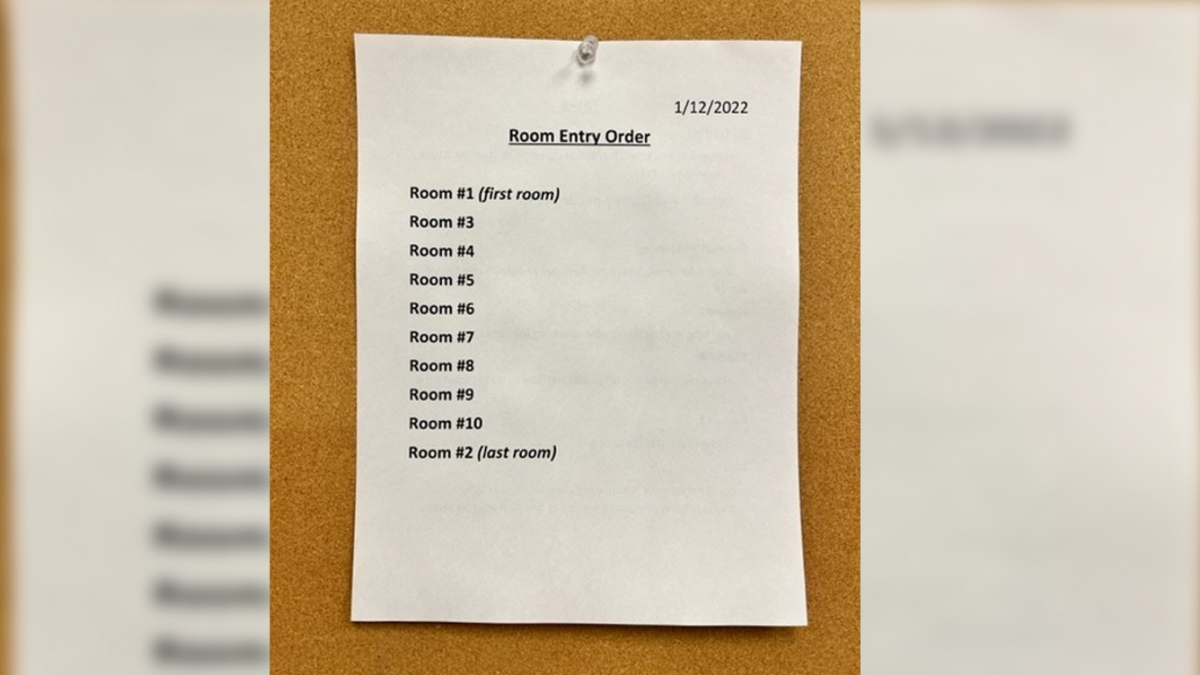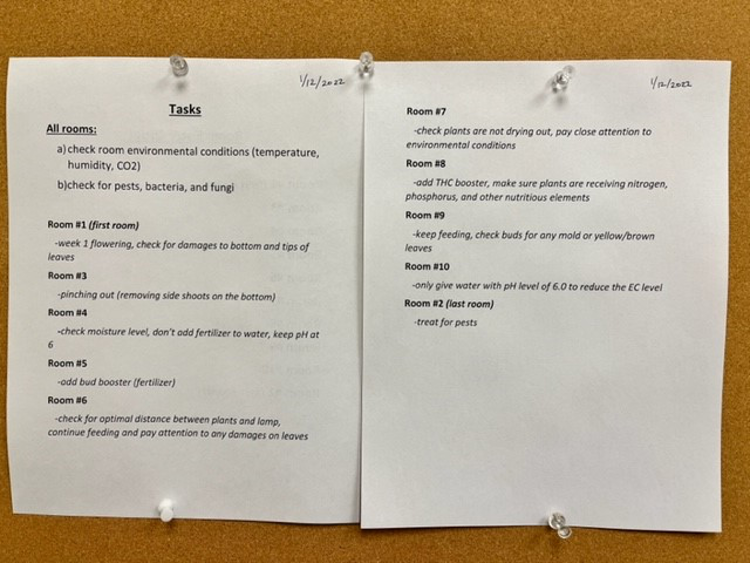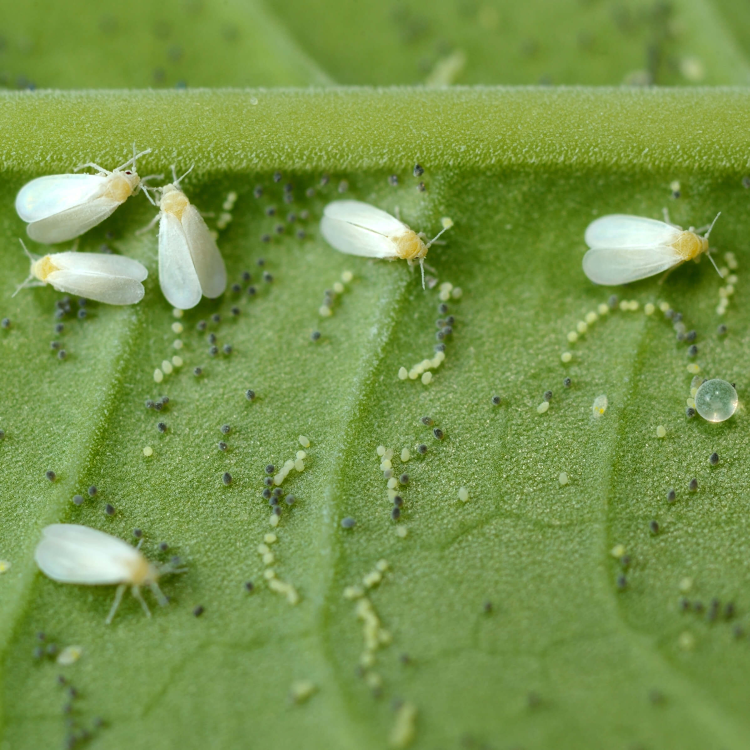
Photo by: Kit Galvin
 Take note
Take note
The room order provides the sequence that staff are to enter greenhouse rooms each day. The usual practice is to start work in the room holding the youngest and/or cleanest plants.
A room containing pests is the last room entered for the day and treated, before returning to the standard age-based order. Treating the room for pests prevents from accidentally bringing the pests into other rooms.

 Idea...
Idea...
This procedure started with common sense that entering rooms with pests last would limit their spread. Then the pests are contained, and the room is treated. This process then evolved to accessing rooms in a specific order to avoid inadvertent transfer of pests into the other pest free rooms. This practice contributed to the reduction of pest problems and pesticide use in the greenhouse.
 Alert
Alert
Remember to always check the Room Entry Order List at the start of the workday. Inform all employees when there is a change in the room order.
 Setup & use
Setup & use
- Confirm all rooms are labelled in standard order of entry, ie, Room 1, Room 2 etc.
- Post the room order with the daily tasks for each day.
- Notify all employees if there is a change in room order.
 Supplies
Supplies
- White board/regular board
- Markers
 Tips
Tips
- Always start with younger and/or cleanest plants and end up with older plants.
- Train greenhouse staff to recognize pests and report them as part of the routine tasks. Early detection helps keep the pests down.
- If you have to enter a room that is out of the room order, then re-scrub, wash, and sanitize your shoes before resuming room order.

We hope that you will be inspired you to incorporate solutions into your own training style, develop your own hands-on teaching tools, or discover new practical solutions. We hope that you are inspired to use these solutions in your workplace. Did you try one of the practical solutions or develop a new one? We would appreciate hearing about your ideas and experiences.
Thank you and safe pesticide handling,
PNASH
Contact your state agency for more information on WPS regulations. The content of this website is for informational purposes only. It may need modification to fit your needs or it may not be appropriate for your workplace. Safe use of these solutions is your responsibility. The University of Washington and the Pacific Northwest Agricultural Safety & Health Center is not responsible for any loss or damage resulting from the use of the information provided on this website.
PNASH Project 2016-2021 (CDC/NIOSH Cooperative Agreement # U54 OH007544)
Contact us
Project Email:
PractSol@uw.edu
Project staff:
Maria Tchong-French (habla español)
206 685-6728
